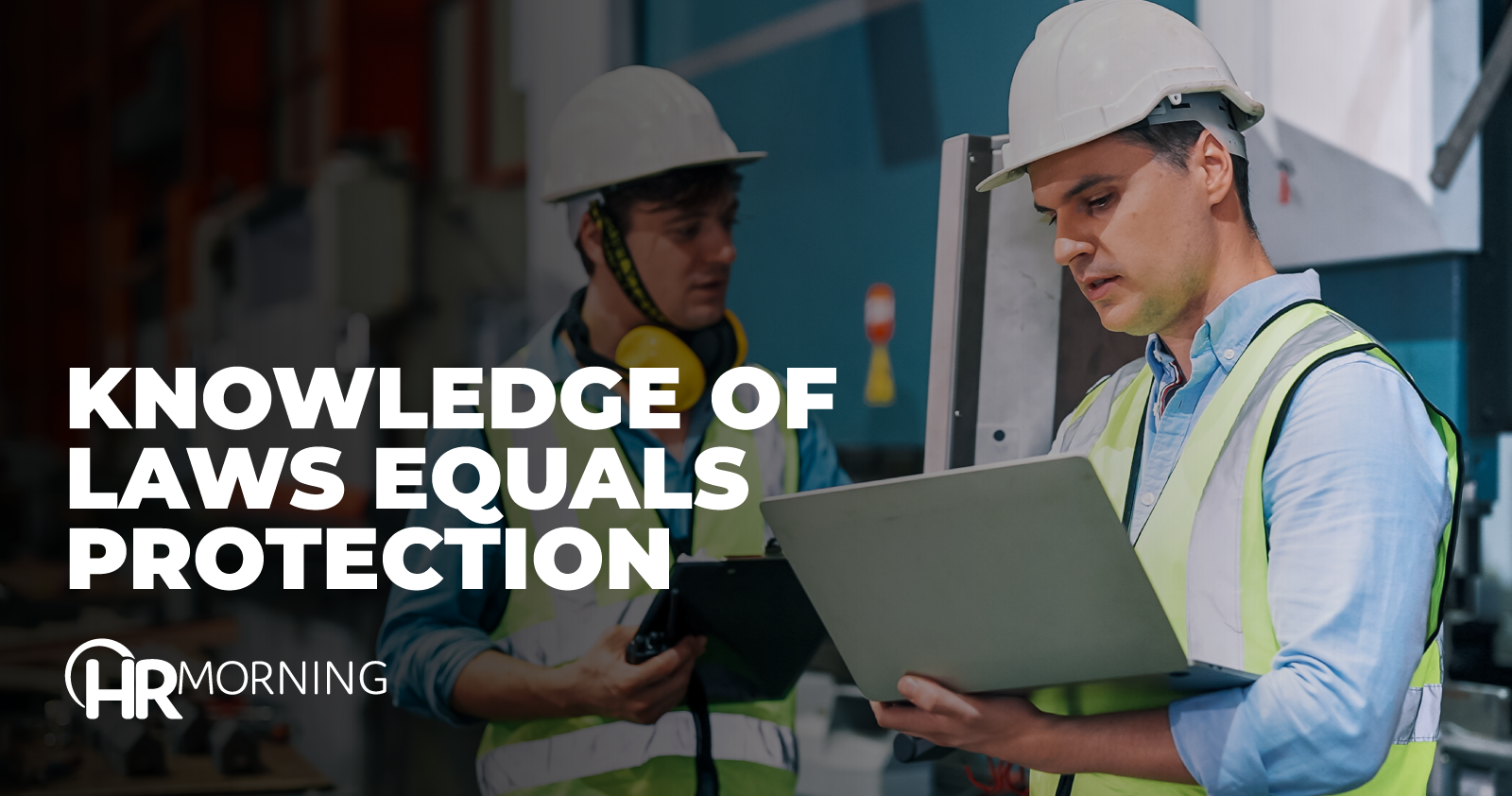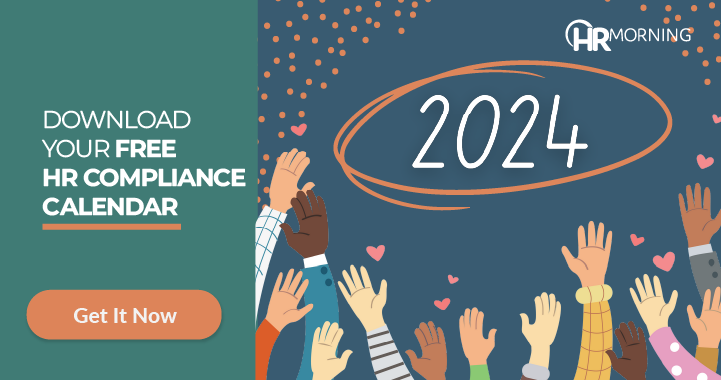Employment law can get murky, especially when you’re talking about the multi-employer worksite doctrine. While this doctrine doesn’t apply to every employer it does apply to those in construction, manufacturing and other industries. So, it’s best to stay on top of any updates, like the recent ruling on Secretary of Labor v. Summit Contracting Group.
But first, here’s a little information on what the multi-employer worksite doctrine is in case you aren’t all that familiar with it. According to OSHA’s enforcement guidelines and policies under its compliance directive, a multi-employer worksite is where more than one employer may be responsible for the same hazardous condition.
A single OSHA violation can be attributable to the general contractor, the roofer, the plumber, the electrician – whoever might be on a particular worksite. But as stated earlier, it doesn’t just apply to construction sites.
Where it gets complicated
A simple example could involve a paper mill that hires a vendor. The vendor comes onsite to deliver rolls of paper stock and somehow violates OSHA’s material handling provisions.
The vendor is liable, but the paper mill could also be held liable under certain circumstances.
However, there are different types of employers under the multi-employer worksite doctrine.
Creating employers
The creating employer is the one that creates the hazard.
For example, the paper mill hires a vendor that arrives at the worksite and begins to stack materials in a way that violates OSHA regs and gets someone hurt.
So, the vendor created the hazard.
Exposing employers
The exposing employer is the one whose employee was exposed to the harm.
Same situation in the paper mill. Let’s say it’s the mill’s employee that gets hurt. In that scenario, even though the paper mill didn’t stack the material, one of its employees got hurt because they were exposed to the hazard.
And OSHA can open an investigation and investigate the paper mill as an exposing employer.
Correcting employers
Next is a correcting employer. That’s when the employer is responsible for safety and health equipment or devices.
Let’s say the vendor is told by the mill manager to go stack the materials on specific racks. But there’s something defective with the racks.
The racks fail – the safety device fails – so who had responsibility to maintain it? The paper mill. It’s their equipment, their device.
So, the correcting employer is responsible for maintaining the safety equipment.
Controlling employers
Finally, the most complicated of them all: The controlling employer.
A controlling employer, according to OSHA, is an entity that has general supervisory authority over a worksite.
Controlling employers have the authority to abate a hazard or compel others to abate a hazard.
In the paper mill scenario this time, the vendor arrives and says, “I’m going to stack this right here.”
The manager says, “No, go stack it over there.”
He orders and instructs the vendor – because he has the authority – to stack all the materials in a specific place.
If what he orders the vendor to do turns out to be a violation, then the paper mill – the entity that gave the orders and controlled the way the vendor carried out their work – could be liable as the controlling employer.
New lawsuit
In the new decision on the Summit case, the Occupational Safety and Health Review Commission (OSHRC) offered employees guidance on avoiding controlling employer liability.
A little background on the case: Summit was the general contractor and contracted Gunner Houston Ltd. – which it did for every job it had for eight years – to complete specific projects on this specific job. In turn, Gunner hired three subcontractors to do the work. Summit didn’t have a contractual relationship with the three subcontractors. Summit had two superintendents conduct daily walkarounds at the site to check on safety and project progress.
An OSHA compliance officer inspected the worksite and saw the three subcontractors’ employees working without fall protection for 10 to 15 minutes. OSHA then issued a citation under the multi-employer worksite doctrine alleging Summit was the controlling employer and liable for the subcontractors’ failure to use fall protection.
Long story short
An Administrative Law Judge affirmed the citation and assessed a penalty of $11,640. However, the OSHRC reversed the judgment and vacated the citation.
Here’s why:
- The violation only lasted 10 to 15 minutes, so the superintendents would have had to monitor the subcontractors on a continuous basis which was unreasonable.
- The record showed that not only did the superintendents do their job of conducting daily walkthroughs, but Summit hired safety consultants to do monthly inspections, which the OSHRC deemed adequate.
- Summit had a contract with Gunner, which had its own safety consultant, used its own fall protection plan, held safety meetings with the subcontractors’ employees, provided fall protection training, and had its own superintendents conduct safety inspections. Therefore, it wasn’t unreasonable for Summit to rely on Gunner and the subcontractors.
So, the good news is: As long as employers and general contractors use reasonable care to uncover any unsafe activity, they can now argue they didn’t have constructive knowledge of unsafe conditions instituted by subcontractors. Plus, host employers aren’t held to the same duty of care and inquiry that exposing employers are, and can reasonably rely on a contractor if it has a demonstrated history of good safety company and practices.



